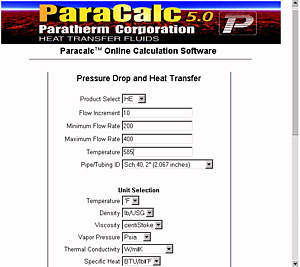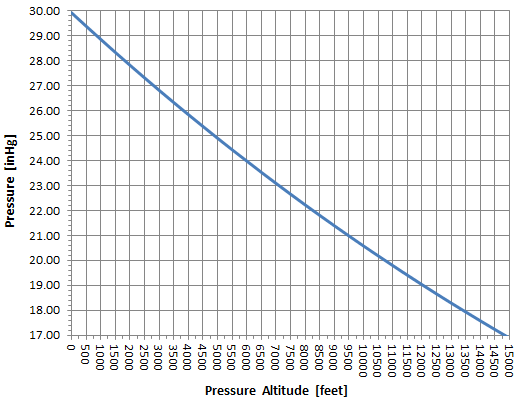

Shutterstockīoat-trailer tires require a lot of air pressure - in most cases, between 50 and 65 psi.


Pressure altitude is measured from the ISA mean sea level pressure isobaric surface (1013 hPa), and thus the QNH altitude is converted to its corresponding pressure altitude. Where DA = density altitude (ft), PA = pressure altitude (ft), CF = correction factor (120 ft oC -1), T a = actual temperature (☌), and T std = standard temperature (☌) Calculating density altitude knowing only QNH altitude, outside air temperature, and QNHĭensity altitude is derived from pressure altitude, therefore QNH altitude is converted to pressure altitude. The correction factor of 120 ft ☌ -1 will be used. Since density altitude is pressure altitude corrected for temperature, the temperature deviation from the ISA value at that pressure altitude needs to be corrected, with lower temperatures than standard lowering the density altitude and higher temperatures raising the density altitude. Calculating density altitude knowing pressure altitude and temperature However, this increase is less than one per cent of the total density, and therefore with the exception of low level regions in the tropics, the effect of water vapour on density is neglected. Therefore, with increasing amounts of water vapour in the air, with pressure and temperature constant, density altitude is increased. Therefore with increasing amounts of water vapour in air, with pressure and temperature constant, the air's density is decreased. The commonly accepted value for density altitude decrease with height is 120 ft ☌ -1, and in some publications, articles may even be simplified to 100 ft ☌ -1. The density of air decreases more rapidly with height in warm air than in cold air. Conversely, at lower altitudes with colder temperatures aircraft performance is greatly increased compared to its relative performance at that level with standard temperatures. Considering the notion that the aircraft performs on the basis of density altitude, at higher elevations with high temperatures the aircraft performance is greatly reduced compared to its relative performance at that level with standard temperatures. Air density will decrease by about 1% for a decrease of 10 hPa in pressure or 3 ☌ increase in temperature.Ī decrease in density results in an increased density altitude, whereas an increase in density results in a decreased density altitude. Conversely when temperature increases, with pressure constant, density decreases. P = air pressure (hPa) (kg m -1 s -2) V = air volume (m 3) R = universal gas constant for dry air (287 J kg -1 K -1) T = air temperature (K)įor atmospheric applications, however, volume is not well defined, and since density is mass per volume, using atmospheric mass and volume, the Gas Law can be reformulated:ĭensity is directly proportional to pressure and indirectly proportional to temperature.Īs pressure increases, with temperature constant, density increases. The higher the density altitude, the lower the aircraft performance, and vice versa. In layman's terms it directly affects the performance parameters of any aircraft, and in effect it is the equivalent altitude of where, performance-wise, the aircraft “thinks” it's at. Density altitude is pressure altitude corrected for temperature.


 0 kommentar(er)
0 kommentar(er)
